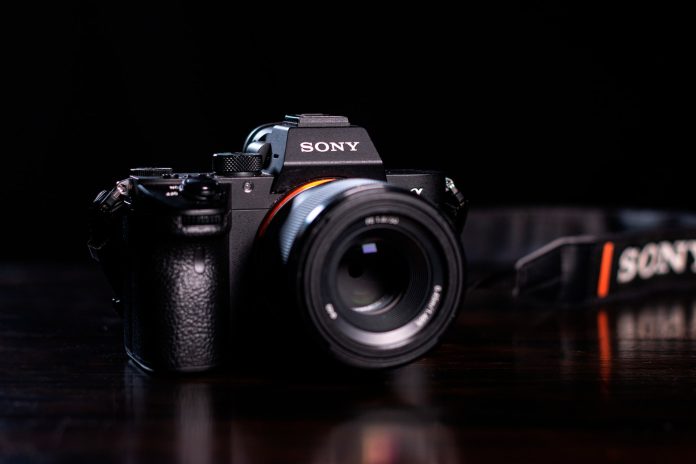After years of perceived stagnation in camera technology development we finally see real inovation again in the latest generation of digital cameras entering the market. For a long time the only number that seemed to matter was the amount of megapixels a camera can produce. As most images are shared online (for example on Instagram) at a resolution of less than four megapixels, the idea of cameras producing images of 50 megapixels or higher brings little added value.
Intelligent and fast autofocus
One of the biggest improvements in digital camera technology is the introduction of AI supported subject recognition and autofocus. The camera ‘understands’ the subject and can focus on the eyeballs of humans, animals and even birds. According to the team of established wedding photographers at Schmittat, this is a major improvement to the way we shoot weddings and events. Out-of-focus pictures are now a thing of the past as the camera continuously tracks even fast-moving subjects such as the wedding couple on the dance floor.
Cinema grade video capabilities
The latest generation of cameras by the big camera manufacturers (Sony, Canon, Nikon etc) are all capable of shooting video at broadcast or even feature film quality. 4k resolution is now standard with some models pushing the resolution to 6k or even 8k and beyond. The colour depth has been increased from 8bit to 10bit offering 4 times the amount of colour information in the image. Modern high speed codecs (such as HEVC) make it possible to save such enormous video files to standard SD cards, making overpriced proprietary camera-specific storage solutions a thing of the past. This enables photographers and videographers to become so-called ‘hybrid shooters’, producing both photography and videography at the same time. Funeral Memories tell us that it is now possible for a single shooter to film and photograph an event at the same time with just a single camera operator.
Wireless transfer
Many amateur photographers choose a smartphone over a dedicated digital camera because it’s easier to process and publish a photo from your phone. To compete with smartphones camera manufactures have come up with various interesting solutions. For example, it is now possible to wirelessly transer full resolution photographs instantly and continuously from the camera straight to a computer on location or remotely via the internet. Publishers, photography agencies and image editors receive the photographs moments after they have been taken in order to publish them just moments later. A consumer can connect a smartphone to the camera for ‘wireless tethered’ connections. Each image taken on the camera will automatically appear on the camera’s camera roll from where the user can publish it in the usually.
AI powered post-production
In addition to making the cameras better, the software used to process the images on a computer or mobile device is also getting a lot more feature-rich, thanks to the implementation of AI Systems. All major image processing software developers now offer AI algorithms within their image processing solutions. These tools intelligently indentify faces, facials expressions, smiles, and closed eyes. Especially headshot photographers such as London-based FrameShot greatly benefit from these tools. Gone are the days of manually culling through thousands of images after a long day of shooting. The software will reliably pick the best photos within moments.
After the best images have been selected the software packages can now also edit and retouch the images automatically. For the best results it is advisable to ‘feed’ the algorithm with thousands of previously edited photos in order for it to ‘learn’ one’s specific style and taste.
Conclusion
After many years of no real innovation, it’s finally an exciting time in terms of digital camera developments again. Instead of simply adding more megapixels, cameras are getting smarter and faster and software is embracing AI technology to streamline the post-production process as well.



 Bitcoin
Bitcoin  Ethereum
Ethereum  Tether
Tether  XRP
XRP  Solana
Solana  USDC
USDC  TRON
TRON  Cardano
Cardano  Lido Staked Ether
Lido Staked Ether  Avalanche
Avalanche  Toncoin
Toncoin